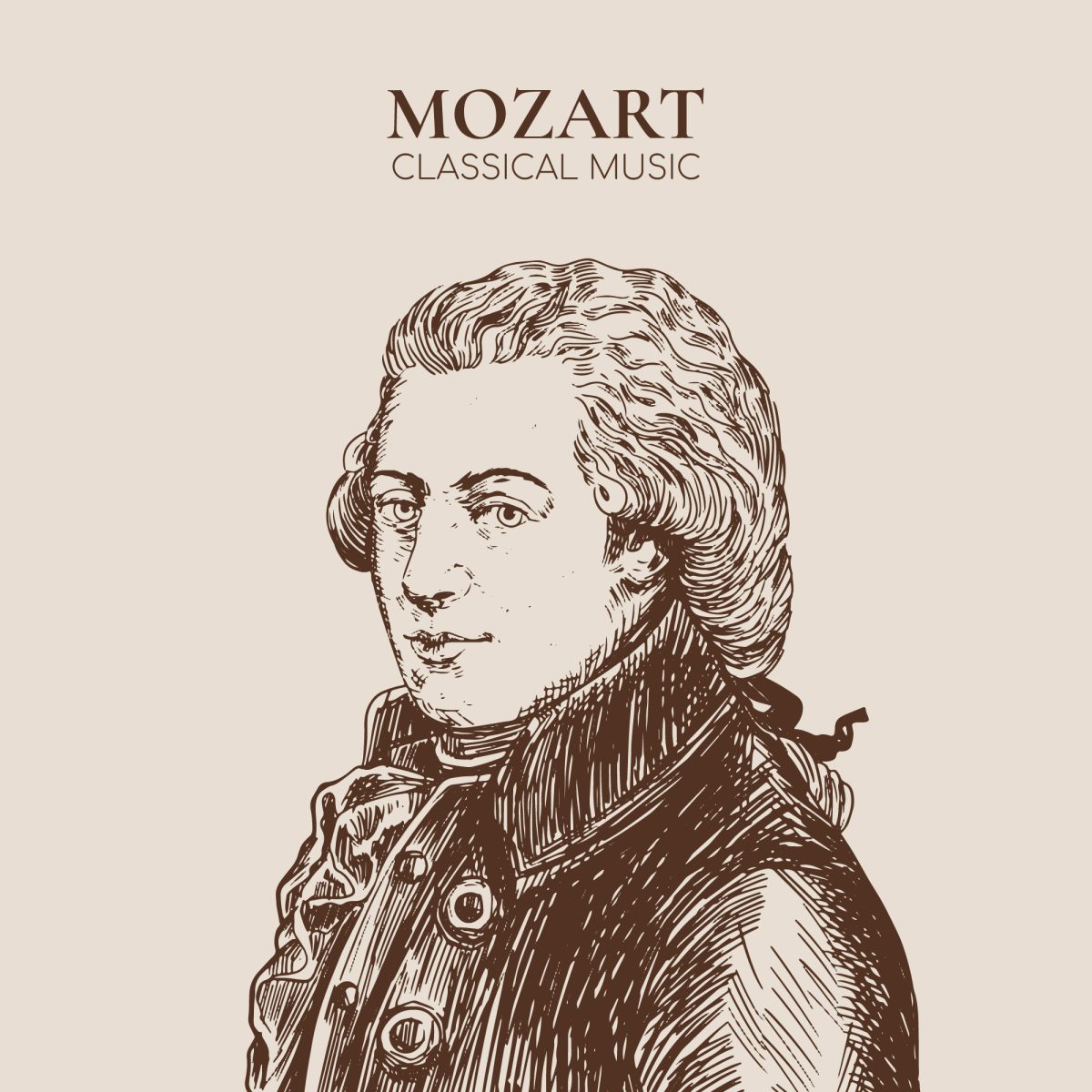In the grand age of the 21 century, Wolfgang Amadeus Mozart has managed to extend his legacy in musical and orchestration further.
Mozart will not be stopped, even from the permanent cage of Death.
An old composition of his was discovered in Leipzig, Germany, and has been held in Leipzig municipal libraries since. The piece was released to the public on September 19, and was performed by a strong trio of musicians on September 21. It premiered at the Leipzig Opera, and its first modern performance occurred in Salzburg, Austria, the famed composer’s birthplace.
The audience for both performances was spectacular, with 400-meter-long lines forming outside the opera house.
Two violinists and a cellist performed the new score; “Ganz kleine Nachtmusik”, is a lengthy song, consisting of seven movements that will excite the senses and gifts of musicians across the map. It was written during the mid-1760s by Mozart himself, and has delighted crowds across Europe since its rediscovery.
Media has taken the new composition by storm, commenting on Mozart’s music; jokes like “waiting for Mozart’s new album” and “Mozart just dropped a new single” tie into the modernized linguistics of the 21 century.
In a mix of awe, appreciation, and enigma, influencers and new reporters alike have joined the cause to spread the word: Mozart is once again alive. It is crazy to see the world’s famous composer trending on social media.
The classical music genre is one of the oldest and most underappreciated musical genres in the entertainment industry. Many individuals today continue to complain about how boring classical music seems to be. No lyrics mean zero viewer satisfaction.
However, Mozart’s new composition evidently busts this myth, as the masses flood the media with tales of his latest masterpiece.
Legendary overtures, melodies, harmonies, and operas are constructed on the basis of classical pieces. From Pachelbel’s “Canon in D” to Beethoven’s “Fur Elise”, millions of musicians across a span of centuries have been able to memorize, learn, and perform these pieces and compositions similar to them.
Back to Mozart’s “Ganz kleine Nachtmusik”, upon listening to the new score, I was able to pick out many motifs Mozart commonly used in many of his pieces.
From the baroque style to the heavy slew of staccato notes, I easily compared it to a later composition of his, “Overture to Lucio Silla”, which was written for an opera in the 1770s. Both pieces are similar in nature, melody, and technique, taking on a lighter tone, and focusing more on technique and rhythm than style and melody.
The Leipzig Performance showed the piece easily blended the cello’s harmony and bass line with the violins’ melodies and harmonies, coming together to make a beautiful symphony: a signature tune, obviously composed by a legend.
Classical music is the building blocks of contemporary masterpieces, constructed by the most famed musical artists. From powerful ballads to well-loved show tunes to upbeat pop tracks, music makes up the foundation of entertainment and media.
And thanks to Mozart, music’s basic chemistry was established during the tedious era of the Baroque period, and his new “Ganz kleine Nachtmusik” displays the perfect motifs and techniques for the modern music industry.

